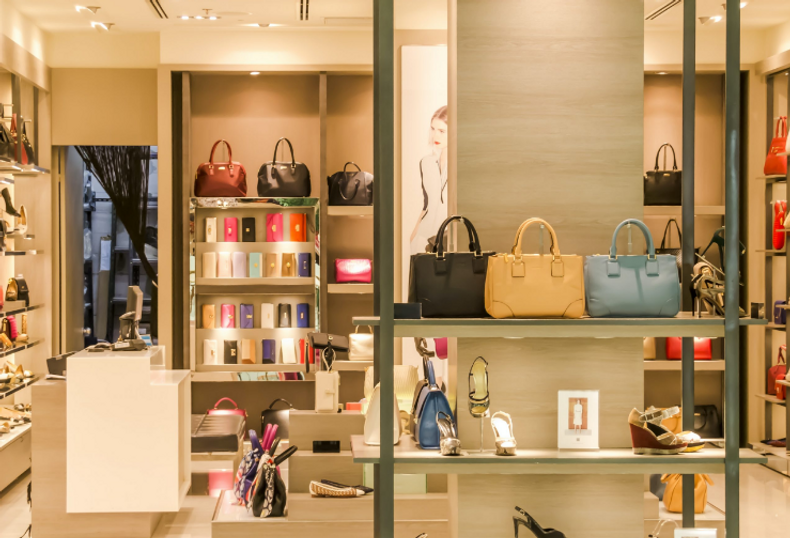The difference of thriving or becoming a thing of the past. Topshop V ASOS - A Snapshot of Digital Presence

In recent years there has been growing emphasis on the importance of digital marketing for a brands survival in a digital age. Never has this been more essential than in 2020, as companies from all industries were forced online due to the COVID-19 pandemic, which separated the firms with a strong online presence from those without.
One company that could no longer rival its online competitors was Topshop, which in November was announced to be going into administration. Topshop has been a staple of the British high street for decades but has been in decline in recent years while similar online retailers have thrived. ASOS, PrettyLittleThing, and Boohoo are online-based shops targeting the same demographic as Topshop and have endured through the lockdowns because of their business models centre being online, and therefore they did not have to adapt so harshly when most of the world underwent a massive change - except for stocking some more loungewear.
The pandemic has forced retailers to move online, but this has only sped up a process that has been underway for years. Topshop and the Arcadia group that hosts it have been in decline for some time, and this is by no means unique. Debenhams has faced similar difficulties in recent years surrounding liquidation, with 2020 being the final straw as in December it was confirmed that they too would go into administration. 2020 has brought to light which companies can thrive in a digital age and what will become a relic of the high street era.
So, what can we learn from the successes and failures of online retailers?
The Website
If we continue to use Topshop as an example in comparison to online-based clothing retailers, a key distinction is the websites. One standout element of this is the images of the product. Topshop has limited images of models wearing the items in studio settings and for many pieces use images of the items without a model. This is unsurprising for a company which has customers used to seeing their product on hangers, but in comparison to the likes of ASOS comes across uninspired. During the first lockdown when photoshoots for new pieces were not possible, ASOS had models pose in their products in their homes, often captured as selfies, which allowed for customers to see the clothes in a more casual way similar to how they would wear the pieces themselves, helping the pieces to sell. It is noteworthy that ASOS has continued to use homemade images even at times when restrictions have decreased, demonstrating the success of this framing.
Social Media
While Topshop holds 10.4 million Instagram followers (January 2021) it has somehow fallen short in having an original voice which shows in the engagement it receives. Topshop has been in the popular conscience long before the rise of online shopping, and it shows in the way its social media is operated. In terms of visuals, Topshop appears much like the online retailers it competes against, using similar colour palettes and even some of the same influencers to model pieces, however, if you look at Topshop's posts in the last week (11/01-18/01) only 8 have amassed more than 10,000 likes. Comparatively, Missguided (with 7 M followers) had 21, Boohoo (7.1 M) had 22, and ASOS (11.1 M) had 42 posts with 10,000 likes.
Part of Topshop's engagement problem stems from a failure to understand the voice of the demographic they are selling to. Their practical captions and limited use of emojis do not induce the same pleasure as the topical comments made by their competitors, as well as their use of a range of emojis and phrases familiar to the youth who follow their pages. In doing this, the competitors indicate an understanding of the customers' needs and desires, helping potential customers to gravitate towards them when choosing a retailer to purchase from.
Understanding that social media can make or break a company's reputation in a digital age is essential in recognising the importance of digital marketing. This of a particular concern to companies who have a young target demographic.
What can we take from this?
Online clothing retailers is just one example of how a strong digital marketing performance can be the difference between thriving throughout unprecedented times and becoming a thing of the past.
A lesson to take from 2020 should be that as more and more companies move entirely online, it is no longer viable to neglect online presence in the hope that the product sells itself. The internet is not going anywhere, and even former giants like Topshop are not immune to its effects.
Alice Szatter
Velvet Marketing Limited
